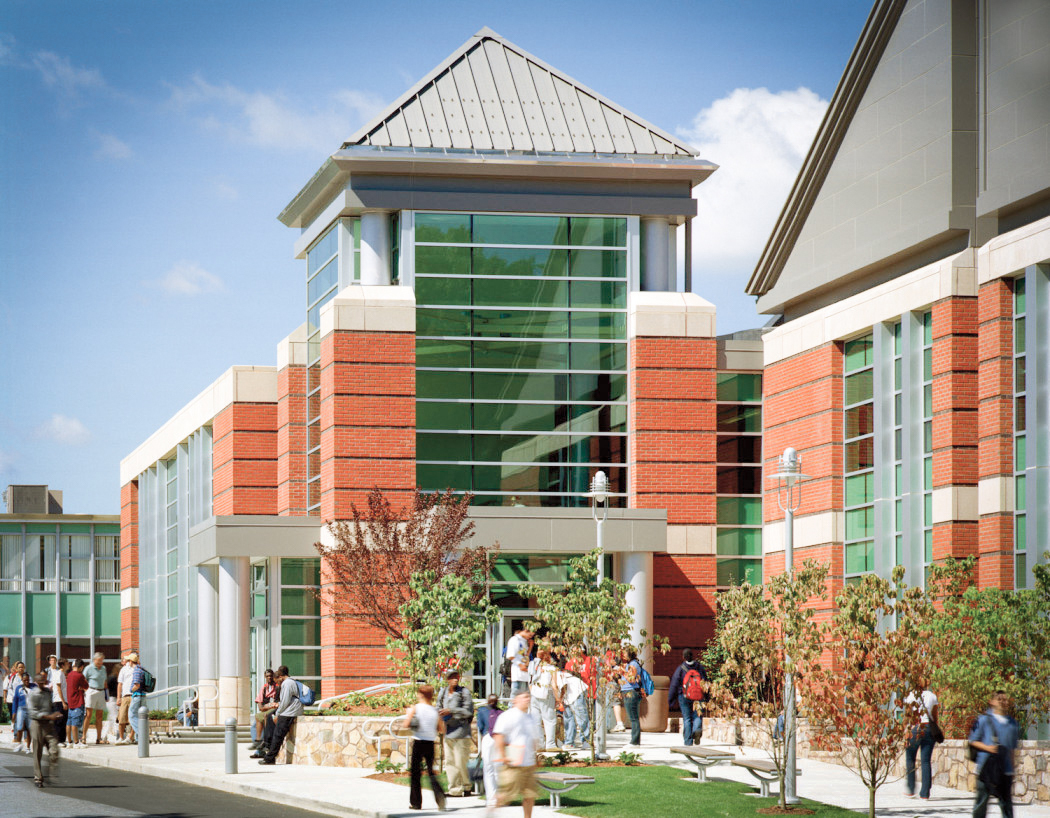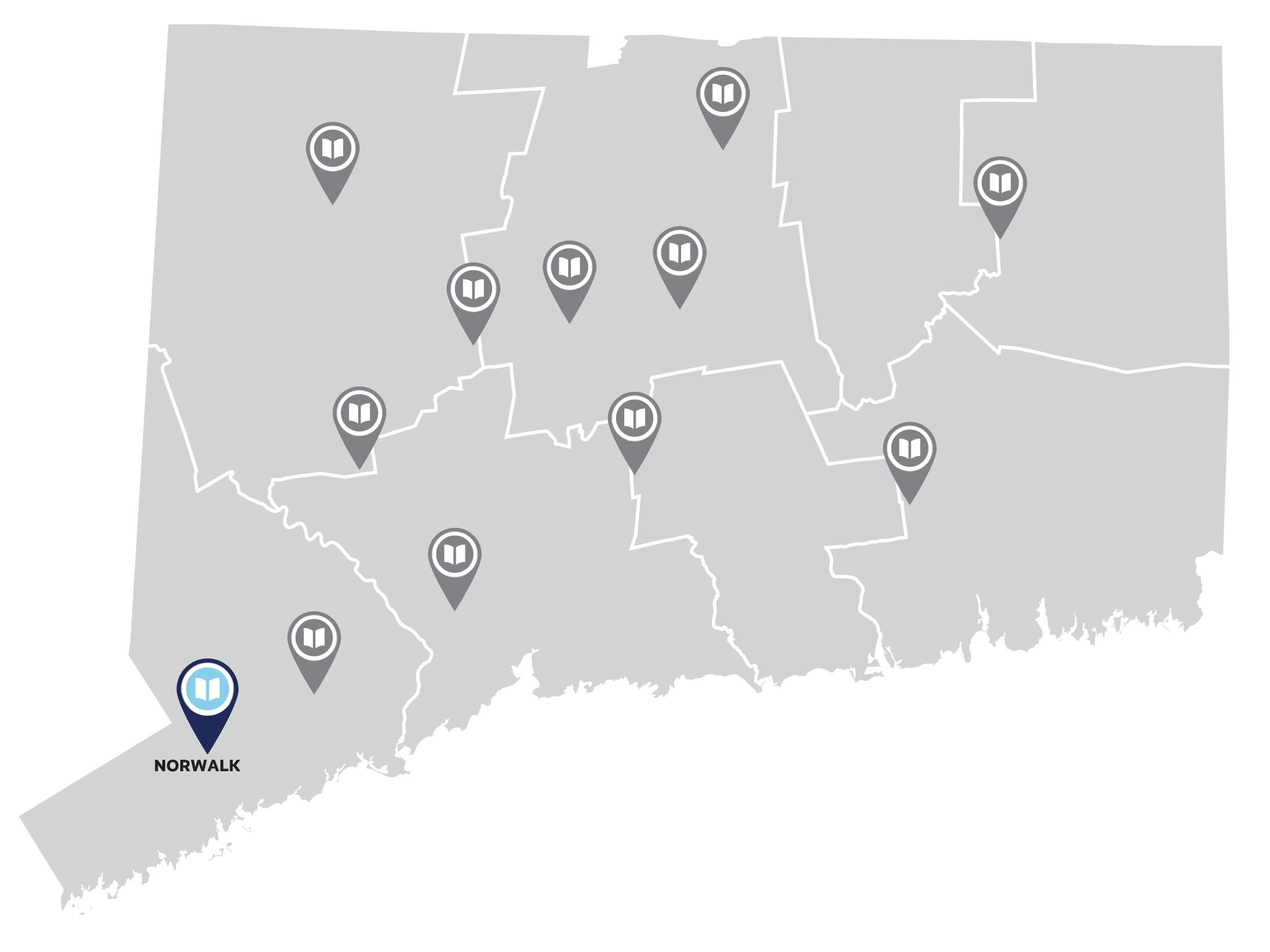Understanding the clima en Norwalk CT is crucial for residents, visitors, and businesses alike. The city's weather patterns play a significant role in daily life, tourism, and agriculture. Whether you're planning a trip or looking to settle down, knowing the climate can help you prepare effectively.
Norwalk, Connecticut, experiences a diverse range of weather conditions throughout the year. From the cold winters to the warm summers, the city's climate is influenced by its location in the northeastern United States. In this article, we will delve into the specifics of Norwalk's weather patterns, offering detailed insights for those who need to understand the region's climate better.
As we explore the clima en Norwalk CT, we will provide statistical data, expert opinions, and practical advice. This guide is designed to ensure you have all the information you need to make informed decisions regarding your plans in the area. Let's begin by examining the essential aspects of Norwalk's weather and climate.
Read also:Discovering The Charm Of East Brother Lighthouse A Timeless Maritime Beacon
Overview of Norwalk CT Weather
Norwalk's weather is characterized by four distinct seasons, each offering unique conditions. The city's climate is classified as humid continental, with warm summers and cold winters. Precipitation is relatively evenly distributed throughout the year, ensuring lush greenery and vibrant landscapes.
Seasonal Changes in Norwalk
The seasonal transitions in Norwalk are significant. Spring brings mild temperatures and blooming flowers, while summer heats up the region with temperatures often exceeding 80°F (27°C). Autumn provides a picturesque display of colorful foliage, and winter blankets the area in snow, creating a serene atmosphere.
- Spring: March to May, temperatures range from 40°F to 70°F.
- Summer: June to August, temperatures range from 70°F to 90°F.
- Autumn: September to November, temperatures range from 50°F to 70°F.
- Winter: December to February, temperatures range from 20°F to 40°F.
Temperature Patterns in Norwalk CT
The temperature in Norwalk CT varies significantly across the seasons. Understanding these patterns is essential for planning outdoor activities, travel, and even clothing choices.
Summer Heat and Winter Chill
During the summer months, Norwalk experiences warm and humid conditions. Average high temperatures hover around 82°F, with occasional heatwaves pushing the mercury higher. Conversely, winters are cold, with temperatures often dropping below freezing. Snowfall is common, and residents must prepare for icy conditions.
Precipitation and Humidity Levels
Precipitation in Norwalk CT is consistent throughout the year, with an average annual rainfall of approximately 48 inches. Humidity levels can be high, especially during the summer months, contributing to the muggy conditions experienced in the region.
Monthly Rainfall Distribution
The rainfall distribution in Norwalk is relatively uniform, with slight variations depending on the season. Spring and summer months tend to receive slightly more rainfall due to thunderstorms and tropical systems occasionally affecting the area.
Read also:4 2024 A Comprehensive Guide To What You Need To Know
Extreme Weather Events
Norwalk CT is not immune to extreme weather events, which can impact the region's infrastructure and daily life. These events include hurricanes, nor'easters, and severe thunderstorms.
Preparing for Natural Disasters
Residents and visitors should be aware of the potential for extreme weather and take necessary precautions. Emergency preparedness plans, including stocking up on supplies and staying informed through weather alerts, are crucial for ensuring safety during such events.
Impact of Climate Change on Norwalk CT
Like many regions, Norwalk CT is experiencing the effects of climate change. Rising temperatures, changing precipitation patterns, and increased frequency of extreme weather events are some of the noticeable impacts.
Adapting to a Changing Climate
Efforts to mitigate the effects of climate change in Norwalk include promoting sustainable practices, investing in renewable energy, and enhancing infrastructure to withstand extreme weather conditions. Community involvement and awareness are key to successful adaptation strategies.
Best Times to Visit Norwalk CT
For tourists, the best times to visit Norwalk CT depend on personal preferences regarding weather conditions. Spring and fall are ideal for those who enjoy mild temperatures and scenic views, while summer attracts those seeking outdoor activities and festivals.
Tourist Attractions and Weather
Norwalk offers a variety of attractions that are weather-dependent. From beaches and parks to indoor museums and galleries, there is something for everyone regardless of the season. Understanding the clima en Norwalk CT can help you plan your visit accordingly.
Climate Data and Statistics
According to the National Oceanic and Atmospheric Administration (NOAA), Norwalk CT has experienced a gradual increase in average temperatures over the past few decades. This trend aligns with global climate patterns and highlights the importance of monitoring local weather conditions.
Historical Weather Records
Historical weather records provide valuable insights into Norwalk's climate trends. By analyzing past data, meteorologists can predict future weather patterns and prepare for potential challenges.
Living in Norwalk CT: A Climate Perspective
For those considering relocating to Norwalk CT, understanding the climate is vital. The city's weather offers a mix of challenges and opportunities, making it a unique place to live and work.
Residential and Business Adaptations
Residents and businesses in Norwalk have adapted to the local climate through energy-efficient buildings, weather-resistant infrastructure, and community support systems. These adaptations ensure comfort and safety throughout the year.
Conclusion: Understanding the Clima en Norwalk CT
In conclusion, the clima en Norwalk CT is a dynamic and essential aspect of life in the region. From the distinct seasons to the potential for extreme weather, understanding the local climate can enhance your experience in Norwalk. Whether you're a resident or a visitor, being informed about weather patterns and climate trends is crucial.
We encourage you to share your thoughts and experiences regarding Norwalk's weather in the comments below. For more insights into Norwalk and beyond, explore our other articles and stay updated with the latest information. Your feedback and engagement help us provide valuable content for our community.
Table of Contents
- Overview of Norwalk CT Weather
- Seasonal Changes in Norwalk
- Temperature Patterns in Norwalk CT
- Summer Heat and Winter Chill
- Precipitation and Humidity Levels
- Monthly Rainfall Distribution
- Extreme Weather Events
- Preparing for Natural Disasters
- Impact of Climate Change on Norwalk CT
- Adapting to a Changing Climate
- Best Times to Visit Norwalk CT
- Tourist Attractions and Weather
- Climate Data and Statistics
- Historical Weather Records
- Living in Norwalk CT: A Climate Perspective
- Residential and Business Adaptations
- Conclusion: Understanding the Clima en Norwalk CT


